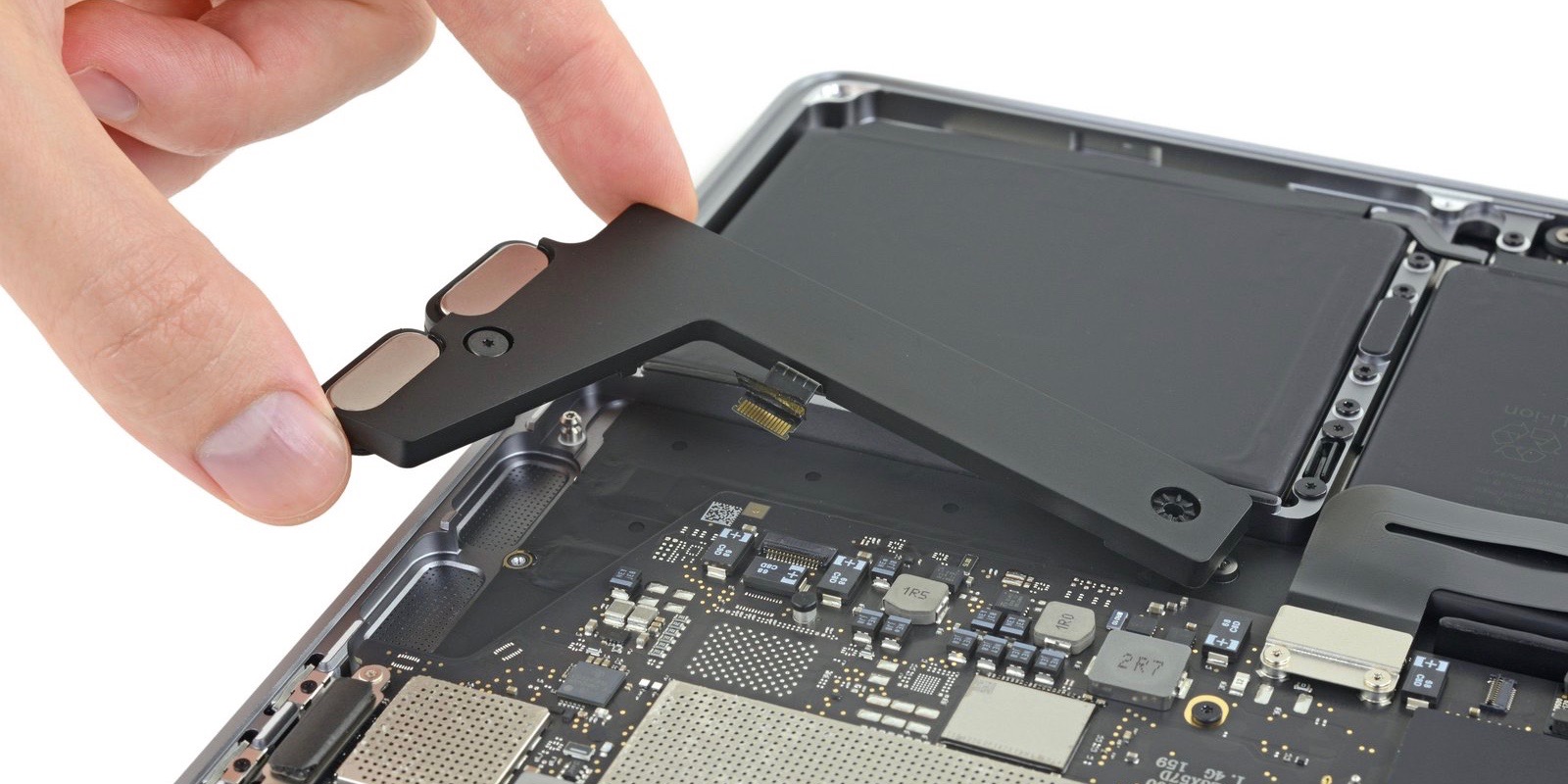


Check to be sure that you can boot from your copy once you have one. SuperDuper! is a fantastic utility that you can use for FREE for this purpose.

The first time I really hacked into a Mac was when I put a SuperDrive into an iMac DV SE (that was my first purchased Mac back in the day…I still have it!). I have done it quite a few times on my MacBook Pro and my PowerBook G4’s (pretty difficult task on both of those actually) as well as on PCs (which is a bit easier). THANKS iFixit!Īnyway, I’m not a stranger to replacing hard drives. So, it is only fair that I acknowledge that fact and thank them as well. One thing lead to another, and it ended up that I received a donated drive from iFixit. I personally find their guides to be irreplaceable and mandatory for any computer “surgery” that I might perform. I have used iFixit’s repair guides many, many times and have referenced them in previous how-to posts as well as on Twitter quite a few times. Well, the people at saw my tweets and suggested a few options.

I didn’t need much, something that was comparable to the 250GB hard drive that was in there. So I started asking around on Twitter for some recommendations on good replacement hard drives. The results of that test confirmed my suspicions, the hard drive was dying and needed to be replaced immediately. scan on it which is usually a good indication of the health (or lack there of) of a hard drive. It was showing the infamous “spinning beachball”, was locking up, the fan was running a lot and loud and the machine was having kernel panics. A few weeks ago, my daughter’s (hand-me-down) 20″ iMac G5 started acting up.


 0 kommentar(er)
0 kommentar(er)
